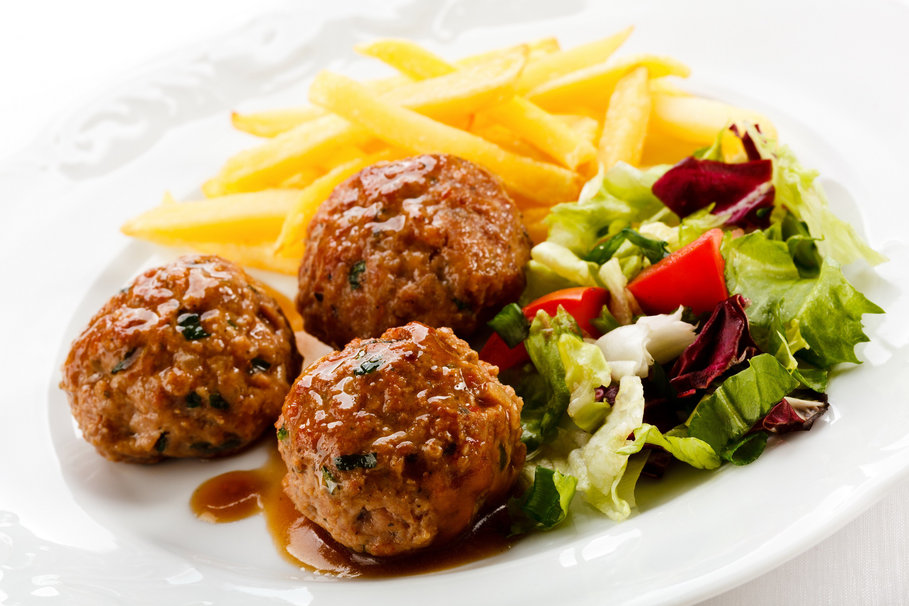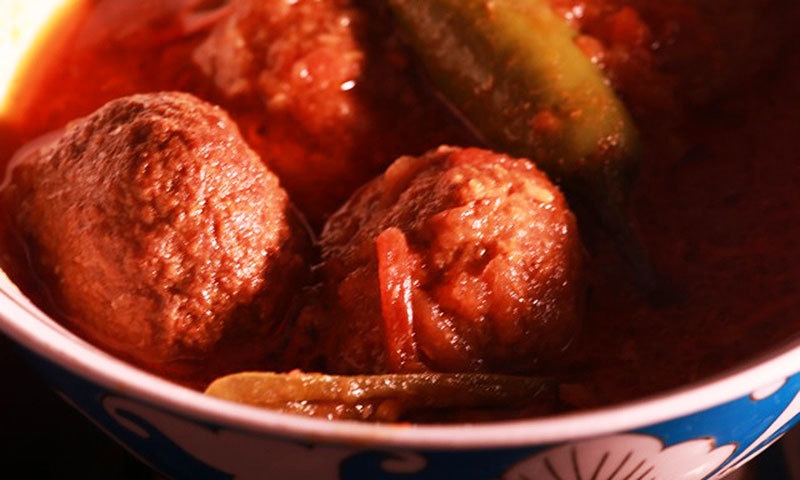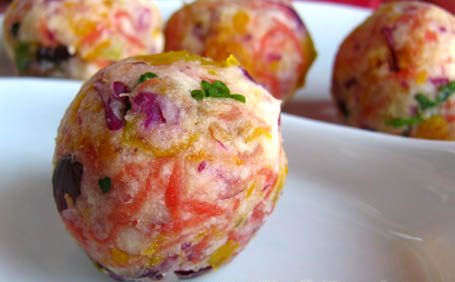In combination with raita, salad, a side of daal and roti/chawal, the kofta (or kebab) is the most ubiquitous of the sub-continental dishes. It can be vegetarian or meat, soaked in masala; the kofta is favoured by all. The kofta meat is grinded with mild garam masalas and vegetables, formed into golf ball sized meatballs, and simmered to tender perfection in a saalan (curry).
Like the kebab, the arrival of the kofta to the subcontinent can be credited to the Turko-Afghans conquerors in the 11th century.
Historians suggest that the Turkish kebab was simmered in aromatic spicy gravy of the local region, and that’s how the kofta came to be. Rightly so, the dry and fried version of the kofta is termed the kebab, with the exception of Shammi kebab; which takes an entirely different method and ingredients to cook, unless one is making the Nargisi kofta.


'For special occasions there is the nargisi kofta, named after the flower nargis (iris) as the kofta cut in half reveals the yellow of a hardboiled egg and has a marked resemblance to the elegant flower. To translate it as sub-continental devilled eggs sounds sacrilegious.'
Mughaliya kofte in Delhi, Bhopal and Hyderabad are long simmered in a curd-based aromatic gravy that complements their steamy appeal, yet has a pleasant presence of its own.
Chui-mui ke kofte from Awadh tend to crumble when you try to scoop out a bite-sized portion, making you marvel at how such a delicate thing endured the ordeal of cooking! The dish that goes by the name of Kashmiri kofta isn't round in shape but looks like a mini-sausage. It has no gravy bar the tasty oil that floats on top in which it cooks.
The vegetarians prepare the kofta to match the meat-eaters by pressing into service lauki, kutcha kela (raw banana), paneer (cottage cheese), aloo-palak (potato spinach) among others. A favourite is the aloo bokhara (plum) kofta that encrusts a pitted dried plum. Some chefs with flair pack the plum with an almond as well.



